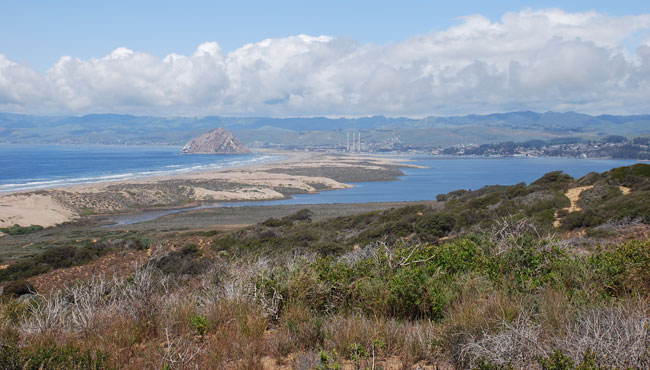AT&T Asia America Gateway Fiber Optic Project, San Luis Obispo County, California
Padre was the prime contractor for the preparation of an EIR for the installation, operation, and abandonment of the California offshore and inland segment of a fiber optic cable from Southeast Asia to the U.S. The CEQA documentation involved the review of applicant-provided data reports on the seafloor and onshore habitats, marine and terrestrial biological cultural resources, and equipment/vessel emissions that Padre staff subsequently incorporated into the EIR. Specific issues of concern focused on the potential impacts of the placement of the offshore portion of the buried fiber optic cable on commercial fishing, hardbottom biota, and cultural resources. Onshore concerns centered on vehicle access to existing buried conduits across streams and other sensitive terrestrial habitats.
An extensive air quality modeling effort, including the analysis of greenhouse gas emissions, was completed for the project and mitigations to reduce air, water, and land-related impacts were included in a Mitigation Monitoring and Reporting Plan (MMRP). Seasonal restrictions to reduce potential effects on listed species, including marine mammals and nesting raptors, were included in the plan as was an onboard monitoring requirement for fisheries and marine wildlife effects.
In addition to preparing the EIR and MMRP, Padre was the State’s mitigation monitor, which entailed biologists, cultural resource specialists, and other technical experts to be on-site during the offshore cable laying/burial operations and for the documentation of onshore impacts from vehicle access and conduit excavation. Padre marine scientists were also responsible for reviewing applicant-provided videotapes of the offshore cable laying operations and for the reporting of effects of those operations on seafloor habitats along the 60 mile-long offshore cable corridor.

